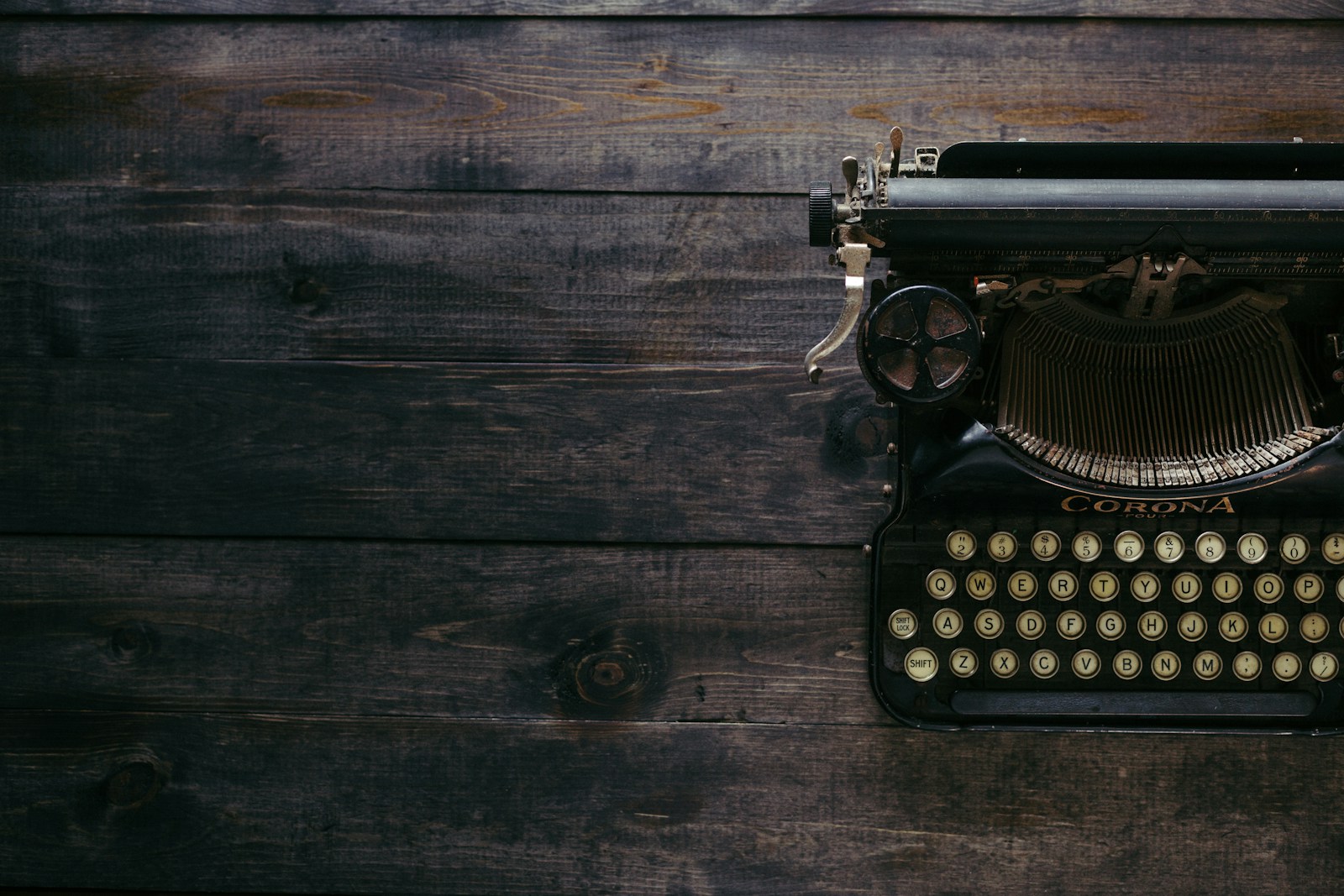A dedicated writing table is more than just furniture—it’s a workspace that fosters focus and creativity. Whether you’re drafting a novel, preparing reports, or journaling, the right table can improve posture, organization, and workflow.
Features of an Ideal Writing Table
Choosing the perfect writing table involves considering functionality, comfort, and style. Here are essential features to look for:
- Ergonomic Design: A table with the right height and ample legroom prevents strain and supports proper posture.
- Surface Space: A spacious tabletop accommodates your laptop, notebooks, and other tools without clutter.
- Storage Options: Drawers, shelves, or compartments can keep essentials like pens and documents within reach.
- Durability: Opt for sturdy materials like hardwood, metal, or high-quality composite for longevity.
- Aesthetic Appeal: A table that suits your style can create an inspiring and enjoyable writing environment.
Types of Tables
The best writing table depends on your specific needs and preferences. Here are popular options:
1. Traditional Desk
Classic and versatile, a traditional desk provides a timeless look with practical features like drawers and ample workspace.
2. Standing Desk
A height-adjustable standing desk promotes better posture and offers flexibility to alternate between sitting and standing.
3. Compact Writing Table
Ideal for small spaces, these minimalist tables focus on essential features without taking up too much room.
4. Roll-Top Desk
For a vintage touch, roll-top desks offer built-in compartments and an enclosed workspace, combining function with style.
5. Custom Tables
For unique needs, custom-made tables can be tailored to your exact specifications, ensuring the perfect fit for your space and workflow.
Setting Up Your Writing Table
A well-organized table supports productivity and minimizes distractions. Follow these steps for an optimal setup:
- Positioning: Place the table in a quiet, well-lit area, preferably near a window for natural light.
- Ergonomic Chair: Pair the table with an adjustable chair for proper alignment and comfort.
- Lighting: Use task lighting, such as a desk lamp, to reduce eye strain during evening work.
- Cable Management: Organize wires with clips or sleeves to maintain a tidy workspace.
- Personal Touches: Add inspiring elements like plants, photos, or artwork to make the space inviting.
Benefits of Using a Writing Table
A dedicated writing table offers numerous advantages:
- Increased Focus: Having a defined workspace minimizes distractions and fosters concentration.
- Improved Organization: With designated storage, it’s easier to keep tools and materials in order.
- Better Posture: Ergonomically designed tables reduce the risk of physical discomfort over long writing sessions.
- Enhanced Productivity: A comfortable and functional setup can make writing sessions more efficient.
Writing Table Maintenance Tips
To keep your writing table in great condition:
- Clean Regularly: Dust the surface and clean spills promptly to avoid damage.
- Protect the Surface: Use coasters, mouse pads, and blotters to prevent scratches or stains.
- Inspect Hardware: Check screws, hinges, and other components periodically for stability.
- Avoid Overloading: Don’t place excessive weight on the table to maintain its structural integrity.
Finding Inspiration at Your Table
A writing table isn’t just a workspace—it’s a creative hub where ideas flow. Customize it to suit your needs, surround it with inspiring objects, and let it become a space where you enjoy spending time.
Creating Your Ideal Writing Space
Investing in a quality writing table is an investment in your craft. By selecting a table that aligns with your needs and organizing it effectively, you can create a space that supports both productivity and creativity. Whether you’re penning your next masterpiece or drafting daily notes, the right table sets the stage for success.





